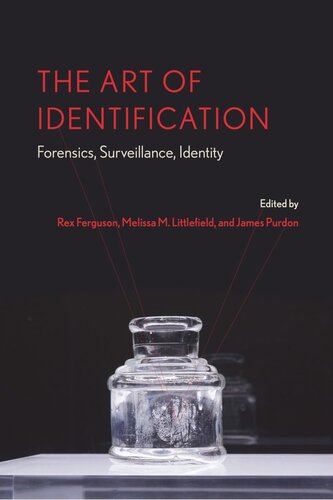

Most ebook files are in PDF format, so you can easily read them using various software such as Foxit Reader or directly on the Google Chrome browser.
Some ebook files are released by publishers in other formats such as .awz, .mobi, .epub, .fb2, etc. You may need to install specific software to read these formats on mobile/PC, such as Calibre.
Please read the tutorial at this link: https://ebookbell.com/faq
We offer FREE conversion to the popular formats you request; however, this may take some time. Therefore, right after payment, please email us, and we will try to provide the service as quickly as possible.
For some exceptional file formats or broken links (if any), please refrain from opening any disputes. Instead, email us first, and we will try to assist within a maximum of 6 hours.
EbookBell Team

0.0
0 reviewsSince the mid-nineteenth century, there has been a notable acceleration in the development of the techniques used to confirm identity. From fingerprints to photographs to DNA, we have been rapidly amassing novel means of identification, even as personal, individual identity remains a complex chimera. The Art of Identification examines how such processes are entangled within a wider sphere of cultural identity formation.
Against the backdrop of an unstable modernity and the rapid rise and expansion of identificatory techniques, this volume makes the case that identity and identification are mutually imbricated and that our best understanding of both concepts and technologies comes through the interdisciplinary analysis of science, bureaucratic infrastructures, and cultural artifacts. With contributions from literary critics, cultural historians, scholars of film and new media, a forensic anthropologist, and a human bioarcheologist, this book reflects upon the relationship between the bureaucratic, scientific, and technologically determined techniques of identification and the cultural contexts of art, literature, and screen media. In doing so, it opens the interpretive possibilities surrounding identification and pushes us to think about it as existing within a range of cultural influences that complicate the precise formulation, meaning, and reception of the concept.
In addition to the editors, the contributors to this volume include Dorothy Butchard, Patricia E. Chu, Jonathan Finn, Rebecca Gowland, Liv Hausken, Matt Houlbrook, Rob Lederer, Andrew Mangham, Victoria Stewart, and Tim Thompson.